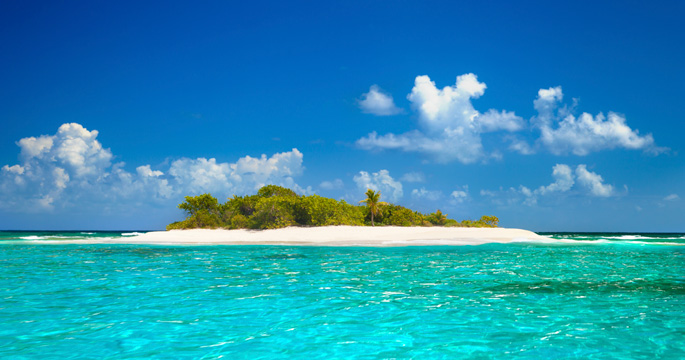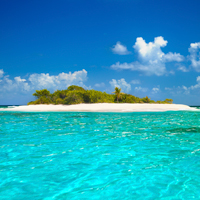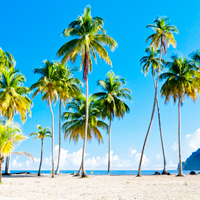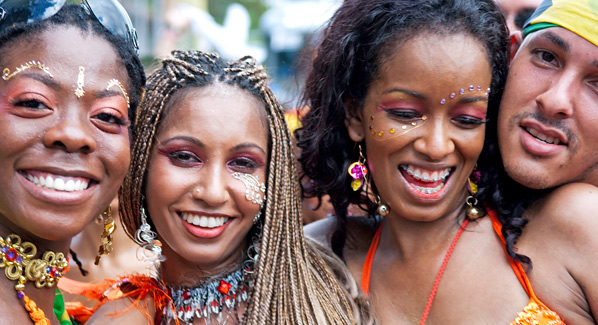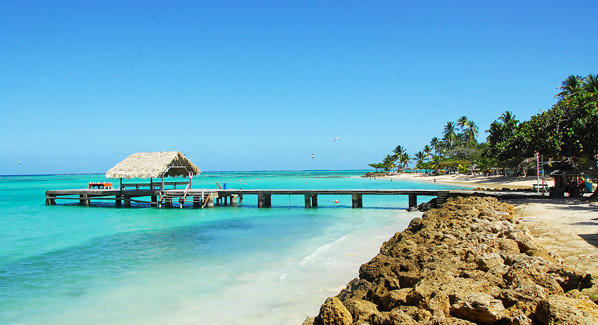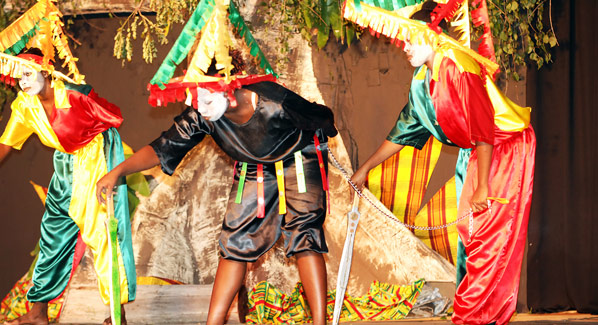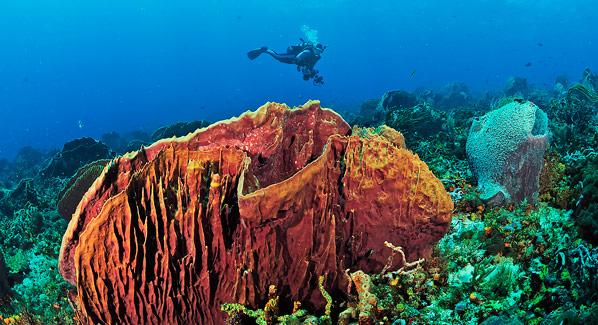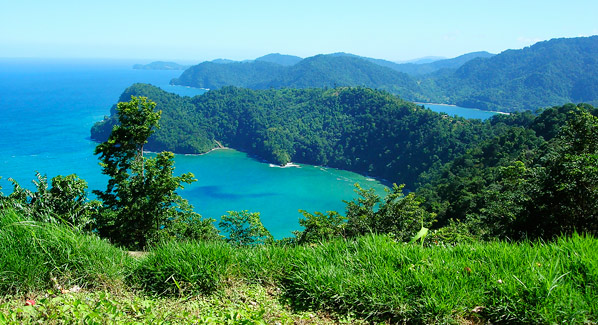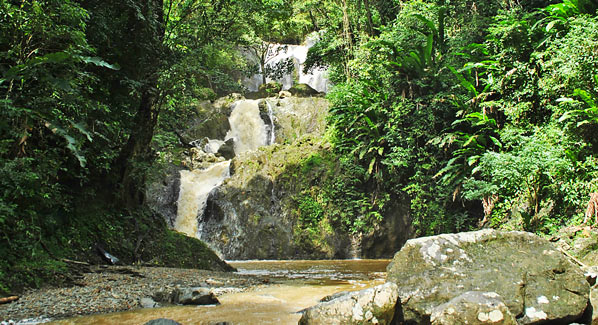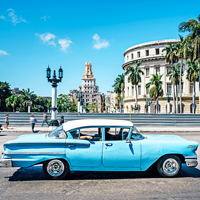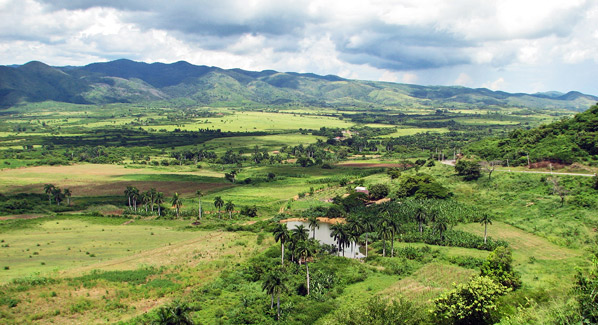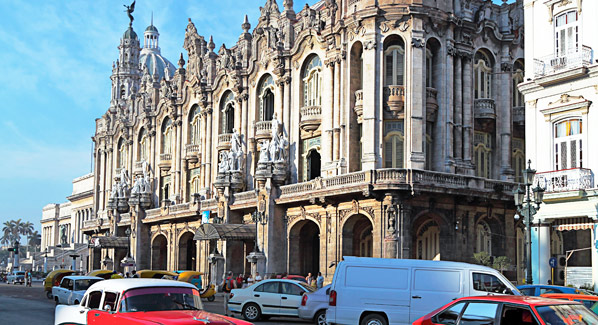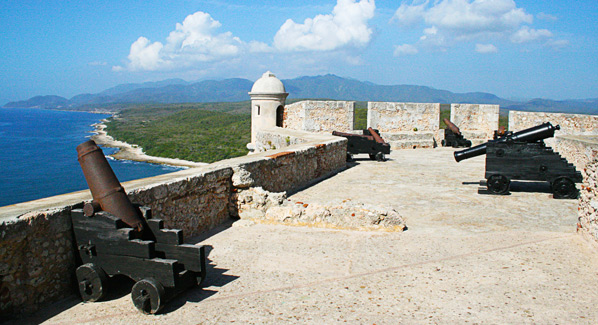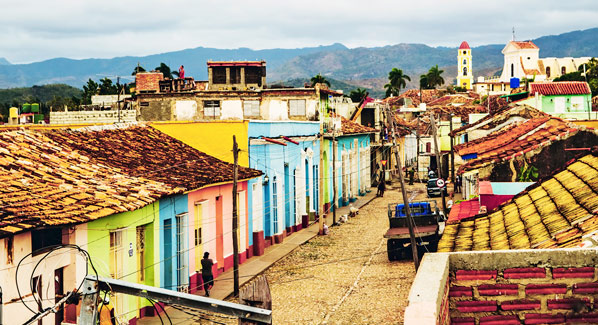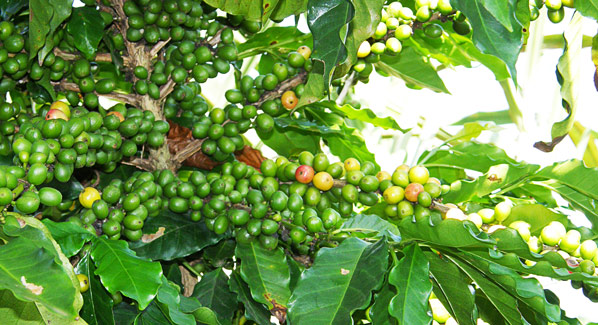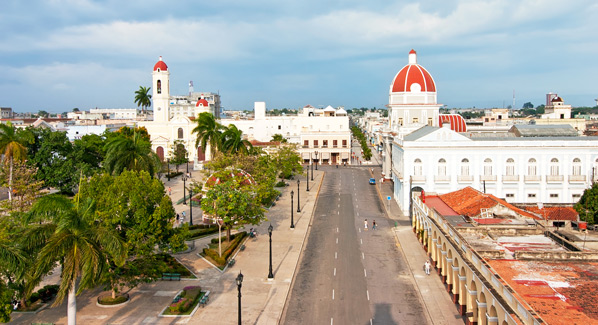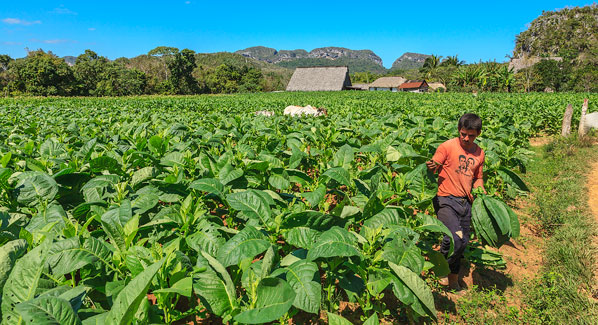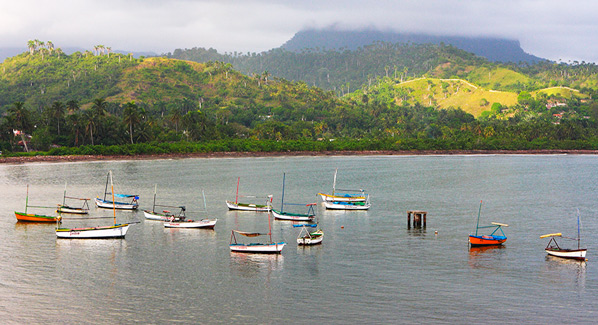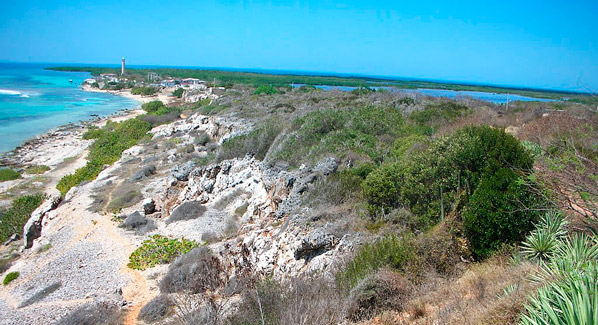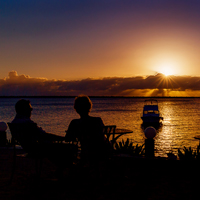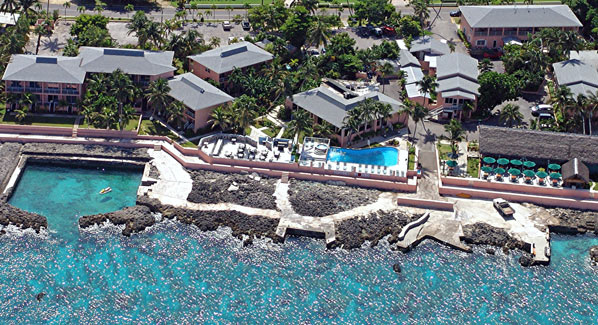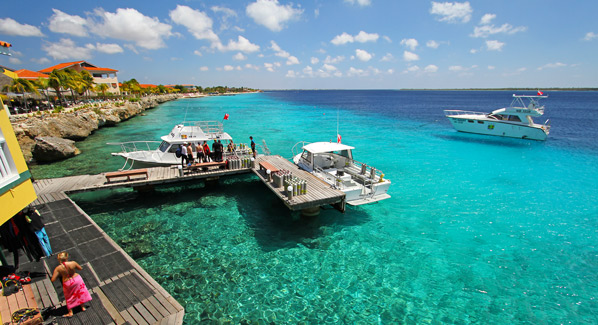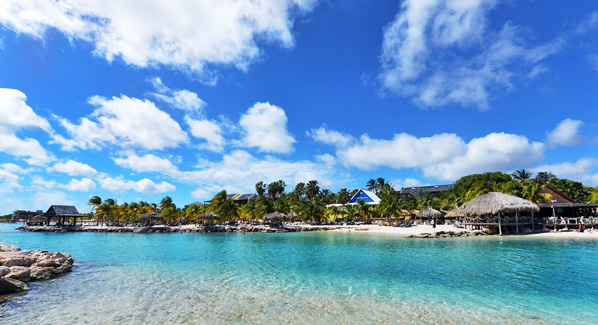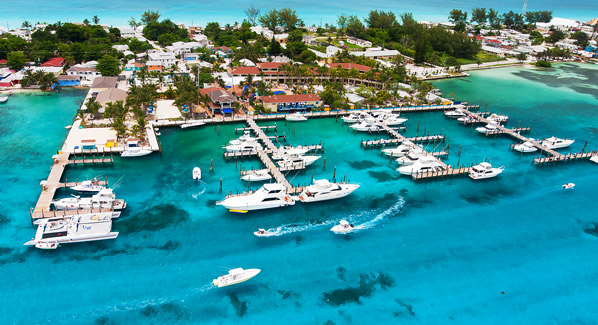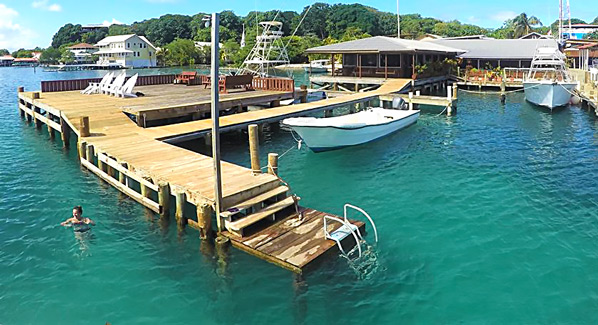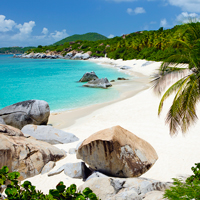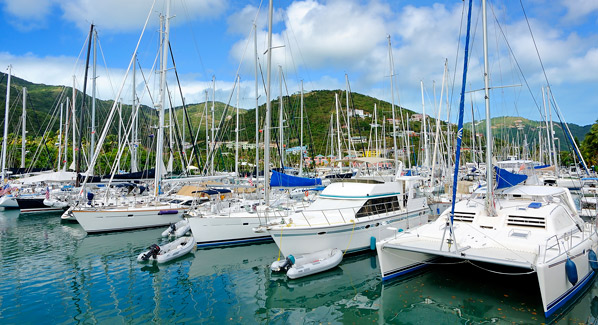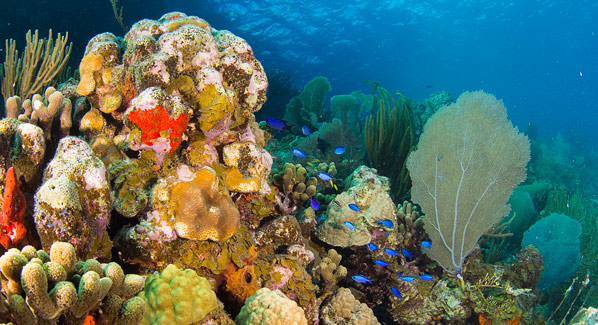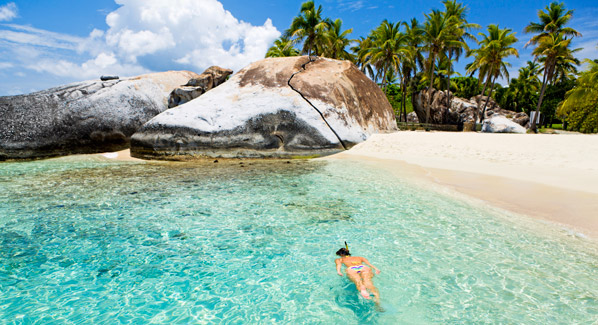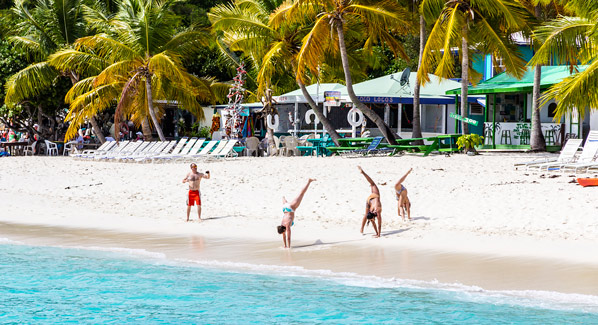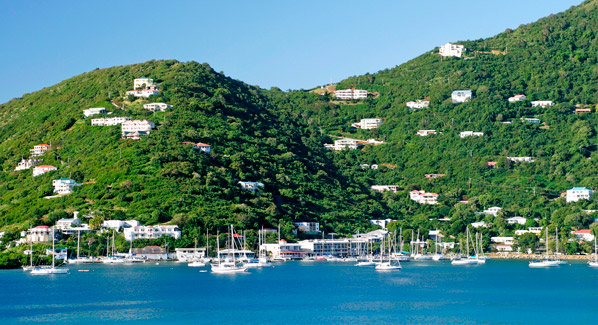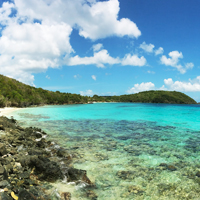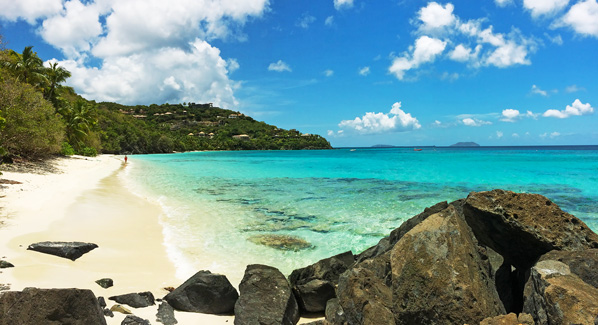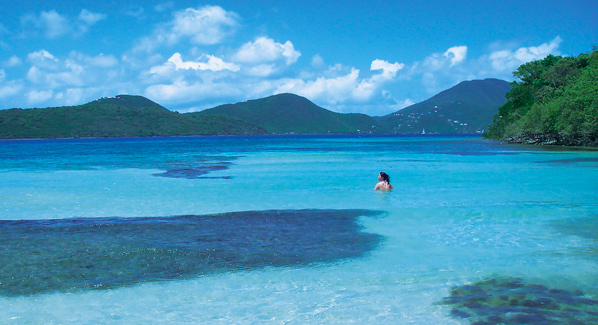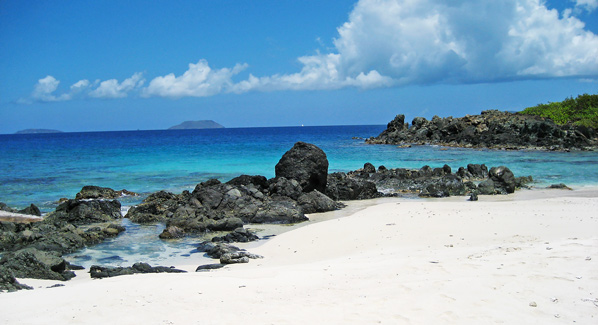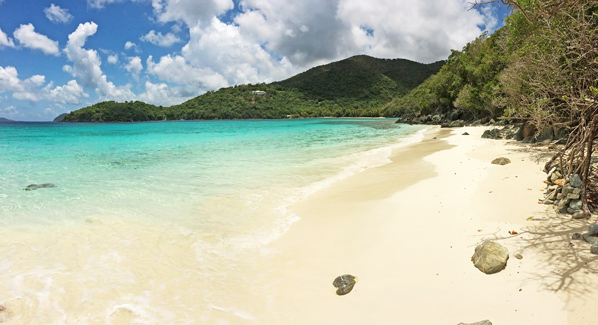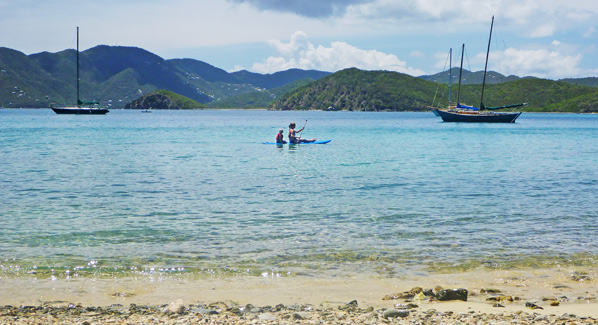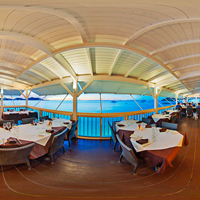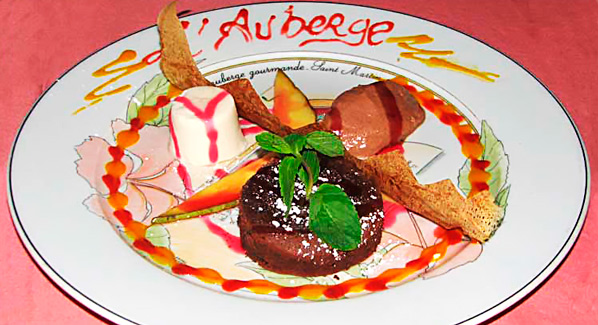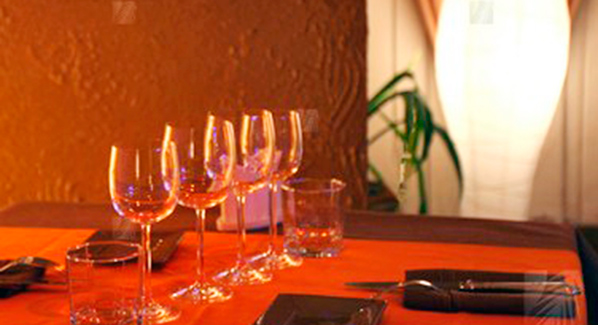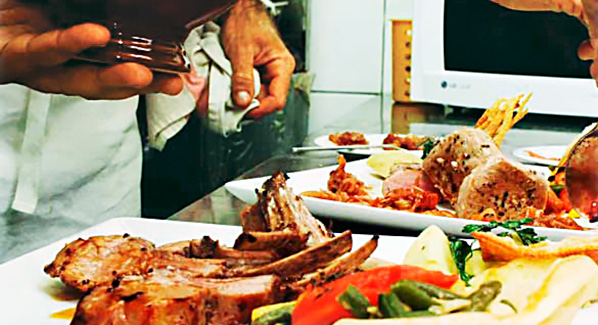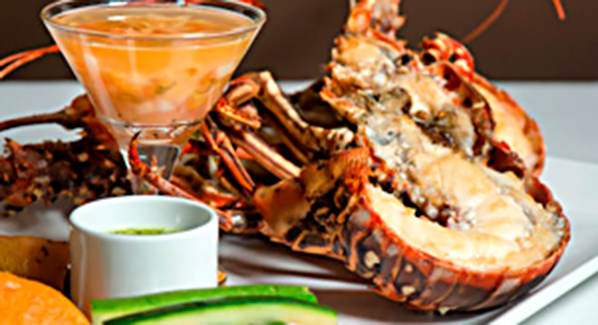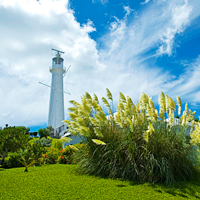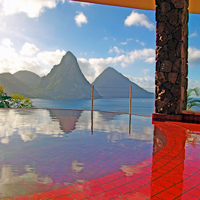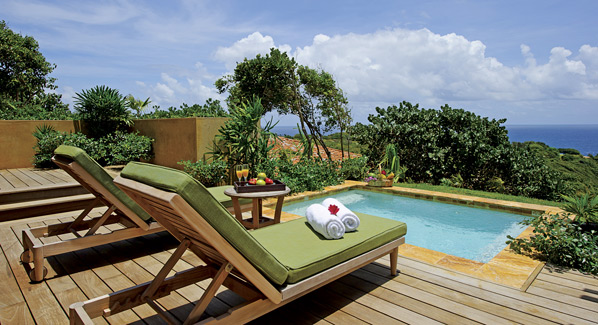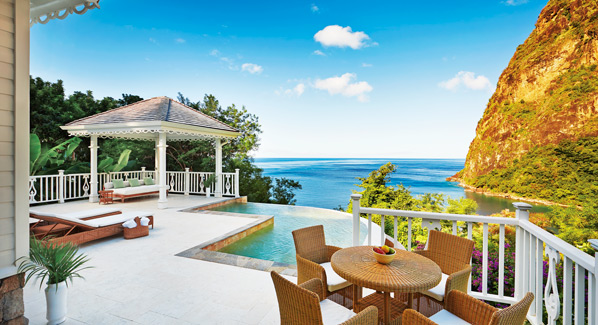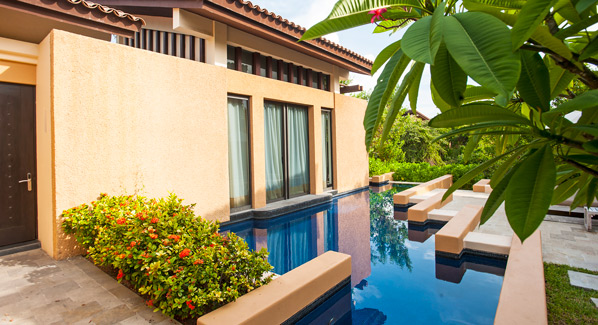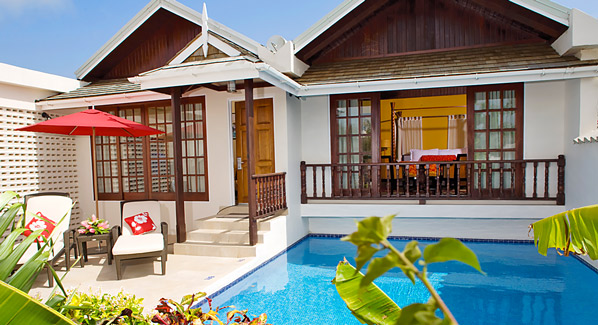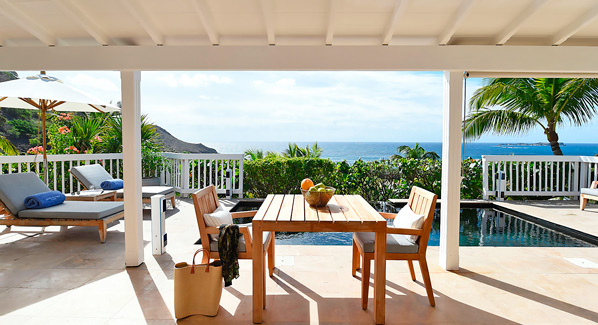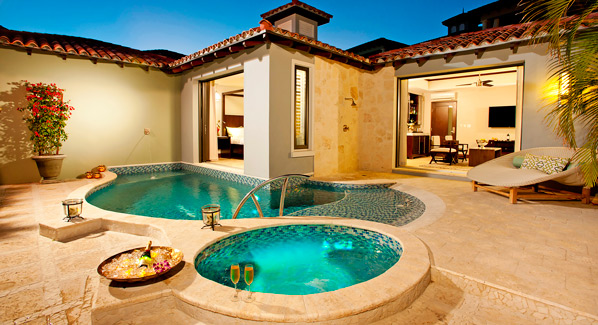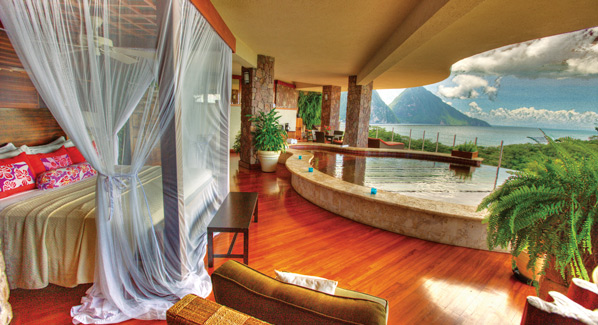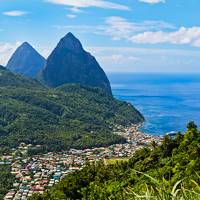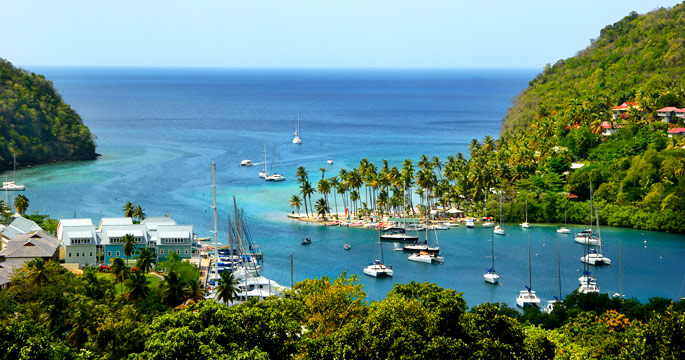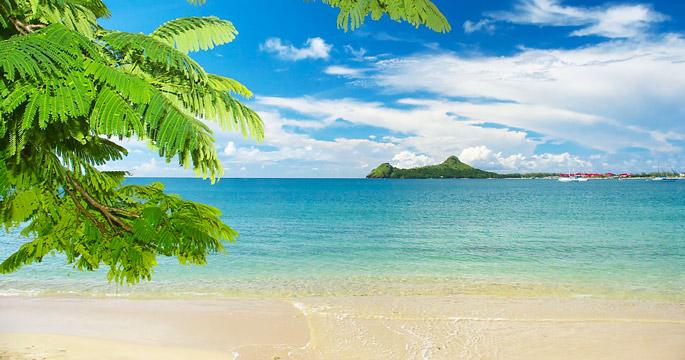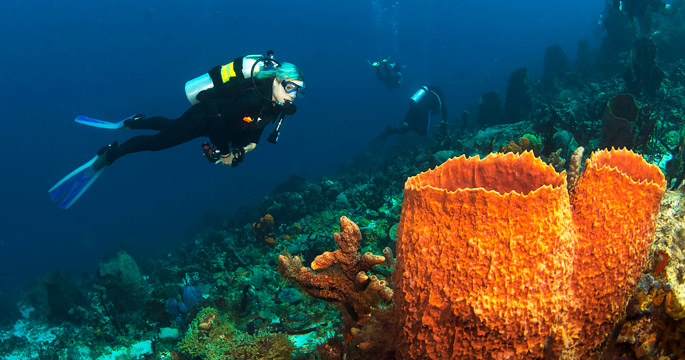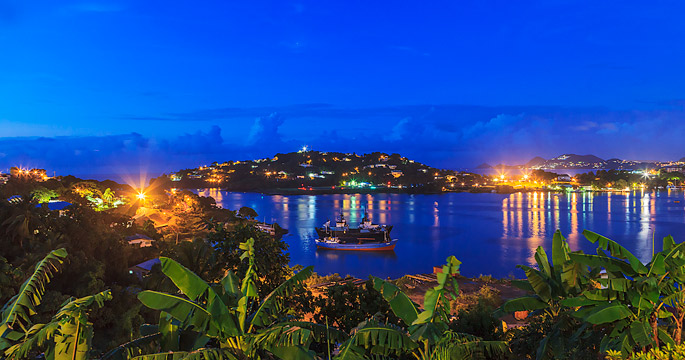When it’s peak season and the cruise ships are in port, it can be a challenge to find a place to park your towel at some of the Caribbean’s most popular beaches. But if you are willing to travel a bit off the beaten path, the crowd scene thins and there are even some stretches of unvisited sand to discover. We can’t guarantee these five choice sites will be completely deserted, but there’s a good chance you and any fellow beachcombers you encounter will be outnumbered by seabirds, iguanas and crabs.
Barbuda
Antigua’s little sister is all about the beach. This low-lying Caribbean outpost is essentially a huge sand spit surrounded by coral reefs. The island’s 17-mile ring of sandy shores remains pristine, due to a lack of development, and the residents’ desires to keep it that way. There are actually pair of modest hotels on the island that cater to off-grid travelers wishing to disappear for a few days and enjoy a low-key vacation. More common are the day-trippers who made the 40-mile hop from Antigua to snorkel, explore the caves and lagoons or head into the mangroves to watch the frigate birds. The island’s longest strand is a 10-mile stretch of pink sand on the southwest shore that is protected by a barrier reef. It’s a great place for a long walk.
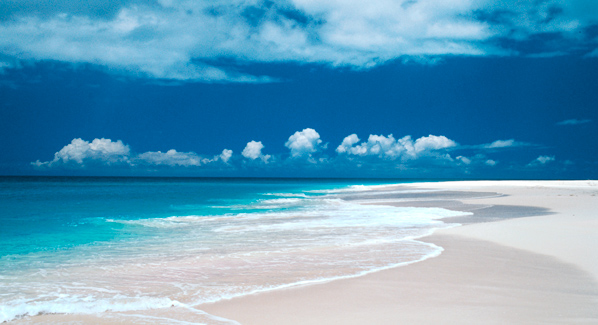
The remote and sparsely settled island of Barbuda is ringed in white sand beaches where one can walk for miles and rarely see another human. It can be reached from the sister island of Antiqua. Photo: Antigua & Barbuda Tourism Authority
Uvero Alto, Dominican Republic
An escape from the crowds that frequent the white sands of Punta Cana is closer than one might think. Just 45 minutes from the Dominican Republic’s busiest resort area is the town of Uvero Alto, where the beach offers an entirely different vibe. Here, the crowds are non-existent, the sands are coffee colored and the seas are azure. Much of the wide stretch of beach is backed by coconut palms, and is favored for walking and horseback rides. Swimming and wading are best done close to shore or in reef- protected areas, as the seas farther offshore tend to get wild, because Uvero Alto faces the Atlantic. With far more sand that people; this is a great place to enjoy nature at its best.
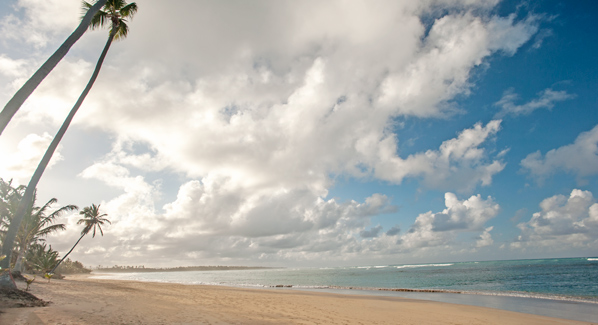
A short drive away from the bustling beaches of the Dominican Republic’s Punta Cana resort area, the coast of Uvero Alto provides a far less crowded scene. Photo: Debbie Snow
Savannah Bay, Virgin Gorda, British Virgin Islands
Virgin Gorda is home to one of the most sought after beaches in the Caribbean. To find solitude, skip the world-famous boulders of The Baths and head north from Spanish Town to the sheltered waters of Savannah Bay. Here, a soft sand beach is flanked by green shrubs, with just a few inconspicuous villas peaking through the foliage at the north end. The bay is a local favorite for swimming and snorkeling, but most days you will share the sand with only a handful of people. Sea kayakers are often seen exploring the coastline, and it’s an ideal spot for a snorkel trip or a beach picnic. Just remember to bring your own provisions, because there isn’t a gift shop or restaurant in sight.
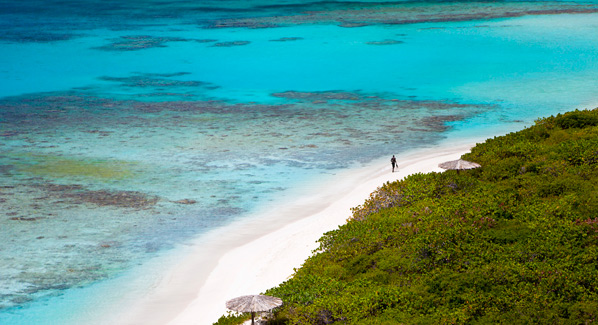
On the island of Virgin Gorda, the quiet beach at Savannah Bay sees few visitors, even on days when the far more famous boulder fields of The Baths is packed. Photo: Christian Wheatley/iStock
Rendezvous Bay, Montserrat
Beaches are few and far between on this island, where much of the coastline meets the sea in low rock bluffs. But those willing to make the effort can enjoy some truly remote bits of sand. The island itself is a study in greens and grays. Rolling hills and forested mountains dominate interior, but to the south, fields of ash and lava serve as reminders of the last eruption by the Soufrière Hills Volcano. Grass and trees are now reclaiming this landscape, and hiking trails unveil the green isle it was once known as. Meanwhile, the island’s handful of remote beaches is left for the birds and the adventurous. All but Rendezvous Bay Beach are made of grey or black volcanic sand. Rendezvous, on the northwest coast, offers white sand and solitude, as it can be reached only by boat or a hike from Little Bay.
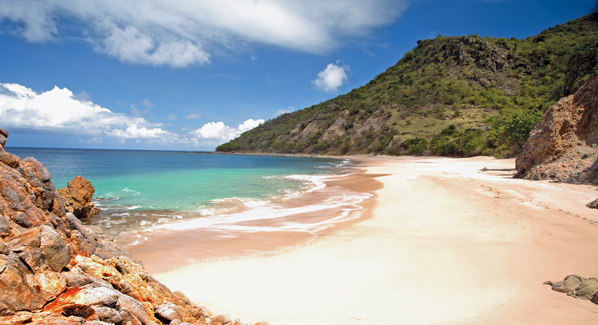
It will require a hike or a boat ride to reach Montserrat’s only white sand beach, but the reward is often having the shores of Rendezvous Bay all to yourself. Photo: David Mac Gillivary/ Montserrat Tourism Board
Gelliceaux Bay, Mustique
With only 800 residents and even fewer visitors, there’s a good chance you can find a stretch of sand on Mustique that you won’t have to share. The island’s irregular coastline is indented with numerous bays and coves that harbor stretches of white sand. A favorite is Macaroni Beach, which receives the majority of the island’s modest influx of visitors, but even this site never becomes anything close to packed. For a true taste of solitude, head to the southeastern coast and Gelliceaux Bay, where the calm waters of the cove are ideal for swimming, snorkeling or paddle boarding. Save for the occasional beach walker staying in a nearby villa, you are likely to have it all to yourself.
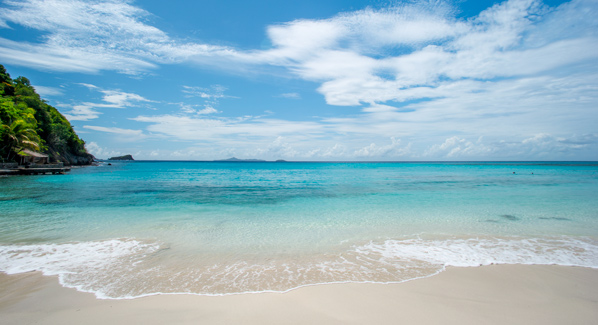
Gelliceaux Bay is the most secluded beach on the island of Mustique. Its calm waters are sheltered by tall headlands that create ideal conditions for swimming and snorkeling. Photo: Paul Joynson/The Mustique Company

